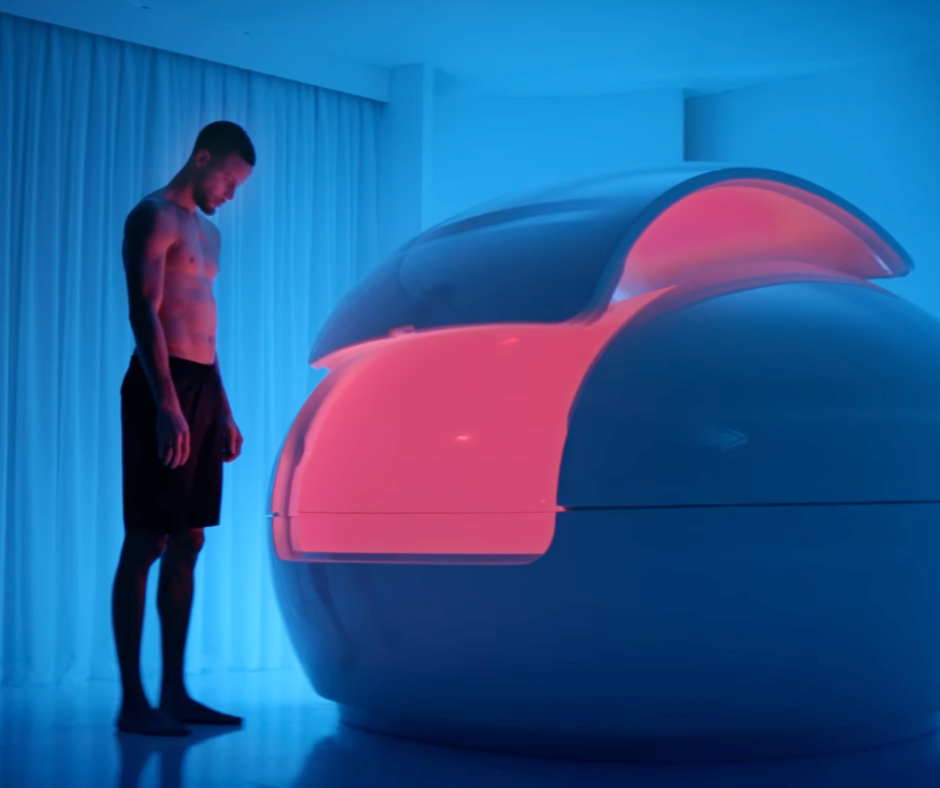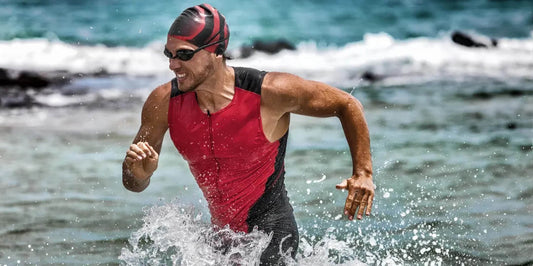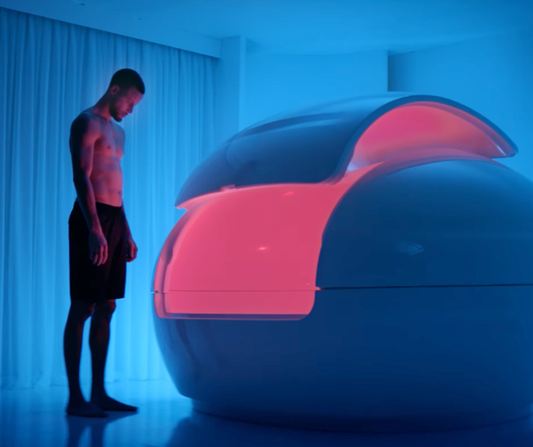When we think of recovery, we often picture ice baths, massages, or sleeping for twelve hours straight after a tough training day. Some of the best athletes in the world rely on low-intensity recovery methods that keep the body moving just enough to promote circulation, reduce stiffness, and speed up repair. These techniques are simple and highly accessible.
Here are some of the most effective low-intensity recovery that you might wanna try:
1. Active Recovery Sessions
Many athletes use activities like swimming, cycling, or even brisk walking to keep their muscles loose. It also helps flush out metabolic waste and improve blood flow to tired muscles.
A 2018 study in Frontiers in Physiology found that light movement after intense exercise helped reduce delayed-onset muscle soreness (DOMS) and improved next-day performance. Even a 20-minute walk or light stretch session can really make a difference!

Fun fact: Tour de France cyclists often ride their bikes for 30 to 60 minutes at a gentle pace the day after a race stage just to keep their legs feeling alive.
2. Compression Therapy
Compression boots aren’t just for elite athletes anymore. Using air pressure, these devices help improve venous return, basically pushing blood back up from the legs to the heart, which helps reduce swelling and fatigue.
Sessions usually last around 30 to 40 minutes, making it an easy way to recover after long workdays, travel, or training. Studies have shown that compression therapy can reduce muscle soreness and improve range of motion when done consistently.

Fun fact: NBA players and marathon runners often use compression therapy between games or races because it fits neatly into their schedules without adding extra strain to their bodies.
3. Floating or Floatation Therapy
Floatation therapy has become a favorite among athletes who need both physical and mental recovery. Floating in Epsom-saturated water allows the body to become completely weightless, good for relieving pressure from joints and muscles. The high magnesium concentration in the salt also absorbs through the skin, which helps reduce inflammation and calm the nervous system.

Research published in Performance Enhancement & Health found that regular float sessions may improve sleep quality and lower cortisol levels. It’s a rare hour where the mind and body get to fully switch off and float away.

Fun fact: Many Olympic teams include float tanks in their recovery centers. Steph Curry and Novak Djokovic have both talked about using floatation for post-training recovery.
4. Red Light Therapy
Red light therapy might sound futuristic, but it’s one of the most studied recovery tools today. The treatment uses low-level wavelengths (600nm) of red light to penetrate the skin and stimulate mitochondrial function, which helps cells produce energy and repair faster.
It’s particularly effective for muscle fatigue, skin health, and joint recovery. A review in The Journal of Biophotonics found that red light therapy can reduce inflammation and speed up tissue repair when used consistently after exercise.

Fun fact: NASA originally developed red light therapy to help astronauts heal wounds and maintain muscle health during space missions 🚀
5. Sauna and Cold Plunge Rotation
Alternating between hot and cold exposure is an age-old recovery ritual. The heat from the sauna increases circulation and helps the body relax, while the cold plunge constricts blood vessels and reduces inflammation. Moving between the two helps the body adapt better to stress and promotes faster recovery.
Research from The Scandinavian Journal of Medicine & Science in Sports found that contrast therapy (switching between hot and cold) can improve muscle performance and reduce fatigue markers. It’s also a mental challenge that leaves you feeling clear-headed and recharged.
Fun fact: Finnish athletes have used sauna and cold immersion as a recovery ritual for decades. It’s not uncommon for them to hop from a sauna straight into an icy lake in the middle of winter.
6. Yoga and Mobility Work
While yoga may not look like much of a “recovery tool,” gentle stretching and controlled breathing can make a massive difference in muscle tension and flexibility. Low-intensity sessions also help lower stress hormones and activate the parasympathetic nervous system, which supports recovery.
Even ten minutes of mindful stretching before bed can improve sleep and reduce next-day stiffness.
Fun fact: Many rugby teams and combat sports athletes use yoga in their training programs to prevent injuries and improve body awareness.
7. Quality Sleep and Downtime
This might sound obvious, but sleep remains the most powerful recovery tool we have. During deep sleep, growth hormone levels rise, muscle repair happens, and the brain resets. No fancy gadgets or supplements can replace a consistent sleep schedule.

A 2019 study in Sleep Health showed that athletes who improved their sleep by just one extra hour a night had significantly better reaction times, accuracy, and endurance.
Fun fact: Serena Williams reportedly prioritizes 8–10 hours of sleep every night as part of her performance strategy.
Final Thoughts
Recovery doesn’t have to be extreme or complicated. What sets professional athletes apart is their consistency with simple, low-intensity methods that support both body and mind. Whether it’s a 40-minute compression session, a float in magnesium-rich water, or a few minutes of red light exposure, the goal is the same: to help the body repair, recharge, and come back stronger.
Book your recovery session today.





